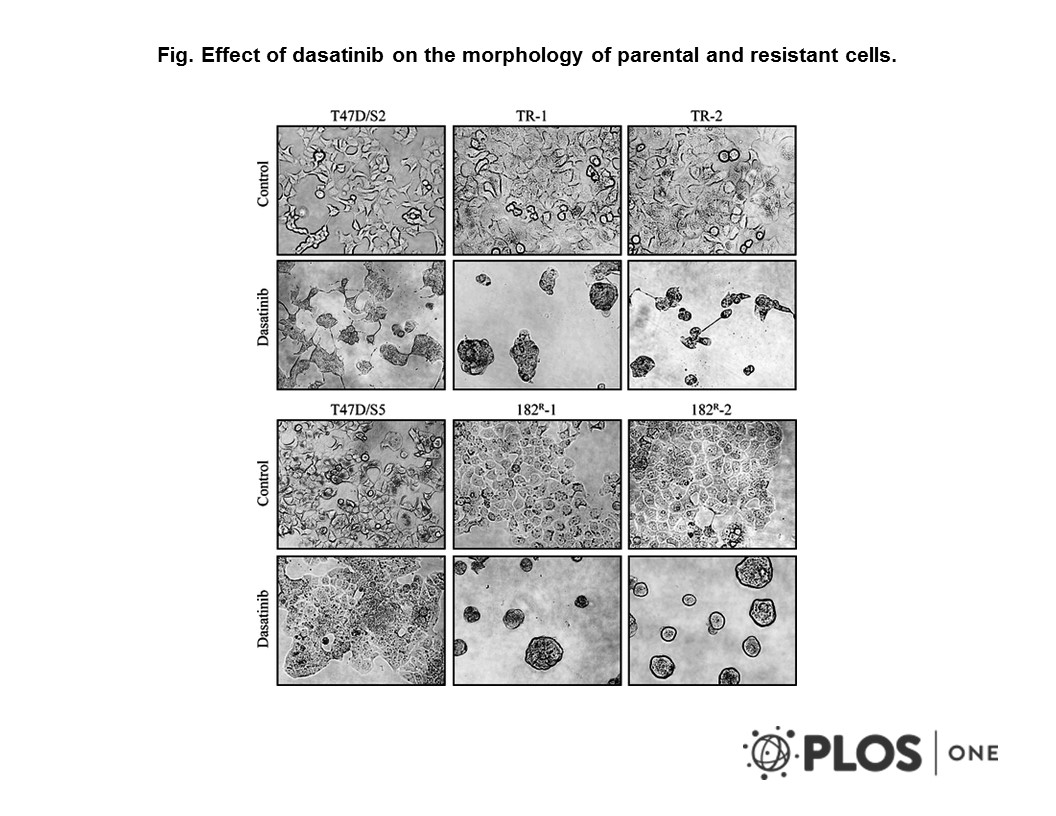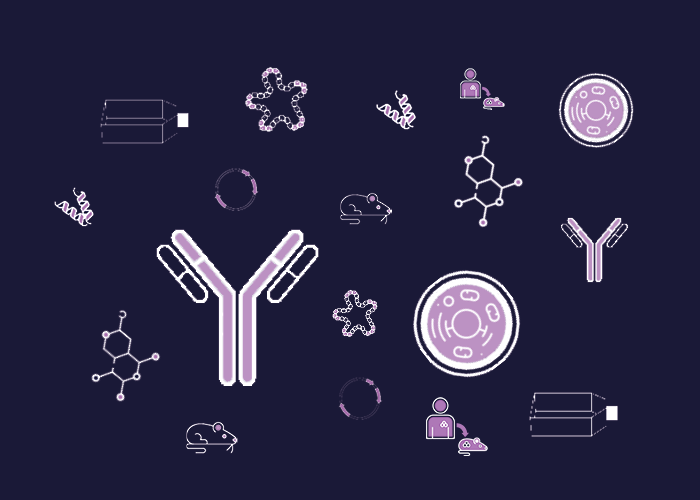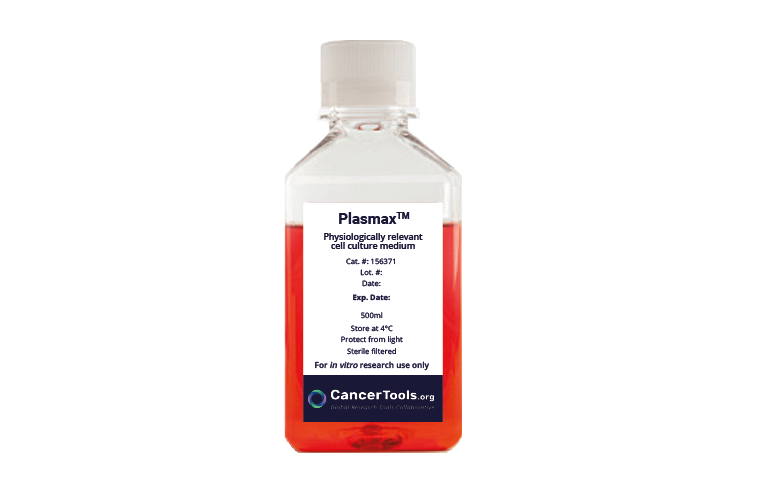Cat. #152108
T47D/TR-1 Cell Line
Cat. #: 152108
Sub-type: Continuous
Unit size: 1x10^6 cells / vial
Availability: 8-10 weeks
Organism: Human
Tissue: Breast
Disease: Cancer
Model: Cancer cell line
£575.00
This fee is applicable only for non-profit organisations. If you are a for-profit organisation or a researcher working on commercially-sponsored academic research, you will need to contact our licensing team for a commercial use license.
Contributor
Inventor: Anne Lykkesfeldt
Institute: Danish Cancer Society
Primary Citation: Kirkegaard et al. 2014. Cancer Lett. 344(1):90-100. PMID: 24513268.
Tool Details
*FOR RESEARCH USE ONLY (for other uses, please contact the licensing team)
- Name: T47D/TR-1 Cell Line
- Cancers detailed: Breast carcinoma;Tamoxifen resistant
- Research fields: Cancer;Drug development
- Tool sub type: Continuous
- Parental cell: T47D/S2
- Organism: Human
- Tissue: Breast
- Donor: Female, Caucasian, 54Y
- Disease: Cancer
- Growth properties: Adherent
- Model: Cancer cell line
- Conditional: Yes
- Description: The T47D/TR-1 cell line is a tamoxifen-resistant derivative of the T47D human breast cancer cell line. It was developed by adapting T47D/S2 cells to 4-hydroxytamoxifen under reduced serum conditions to induce tamoxifen resistance. This adaptation results in a model that closely mimics the clinical progression of tamoxifen resistance in hormone receptor-positive breast cancer. T47D/TR-1 cells maintain estrogen receptor alpha (ERα) and progesterone receptor (PR) expression, characteristic of luminal A subtype breast cancer. They exhibit a polygonal epithelial morphology and are adherent in culture. The cell line serves as a valuable tool for investigating the molecular mechanisms underlying tamoxifen resistance, facilitating the identification of potential therapeutic targets and strategies to overcome resistance.
- Application: Determining molecular mechanisms around tamoxifen resistance
- Production details: Human breast cancer cell line derived from T47D/S2 cells by long-term culture in the presence of 4-hydroxytamoxifen under reduced serum conditions to induce tamoxifen resistance.
- Biosafety level: 1
- Cellosaurus id: CVCL_1D36
Target Details
- Target: Oestrogen receptor
Applications
- Application: Determining molecular mechanisms around tamoxifen resistance
- Application notes: T47D/TR-1 cells are ER alpha positive and express progesterone receptor, although at reduced level compared to parental T7D/S2 cells. T47D/TR-1 are growth inhibited by fulvestrant.
Handling
- Format: Frozen
- Passage number: Passage 164 (AL3569, AL3570)
- Growth medium: Phenol red free RPMI 1640 + 2% FCS + glutamax + 8ug Insulin/ml + 1 uM tamoxifen. Fetal Calf Serum (FCS) typically contains less estrogen than Fetal Bovine Serum (FBS) and is the preferred supplement for this cell line.
- Temperature: 37° C
- Atmosphere: 5% CO2
- Unit size: 1x10^6 cells / vial
- Shipping conditions: Dry ice
- Storage medium: 10% DMSO in FCS
- Storage conditions: Liquid Nitrogen
- Subculture routine: Following thawing and counting, dilute the cell suspension with sufficient medium and distribute 5 mL each into T25 flasks to achieve a seeding density of 1.8 - 2.0 x 10^4 / cm2. Place in 37°C, 5% CO₂ incubator. Change medium after 24 hours to remove residual DMSO and then every 2-3 days. Subculture routine: Split 1:7 weekly (slow growing cell line) with Trypsin-EDTA for detachment at 37 °C for 5 minutes. Please also see detailed protocol within the Product Datasheet in the Documentation section below.
- Mycoplasma free: Yes
Related Tools
- Related tools: T47D/S2 Cell Line
References
- Larsen et al. 2015. PLoS One. 10(2):e0118346. PMID: 25706943.
- Larsen et al. 2015. BMC Cancer. 15(1):1-15. PMID: 25885472.
- Thrane et al. 2014. Oncogene. 34(32):4199-4210. PMID: 25362855.
- Kirkegaard et al. 2014. Cancer Lett. 344(1):90-100. PMID: 24513268.






